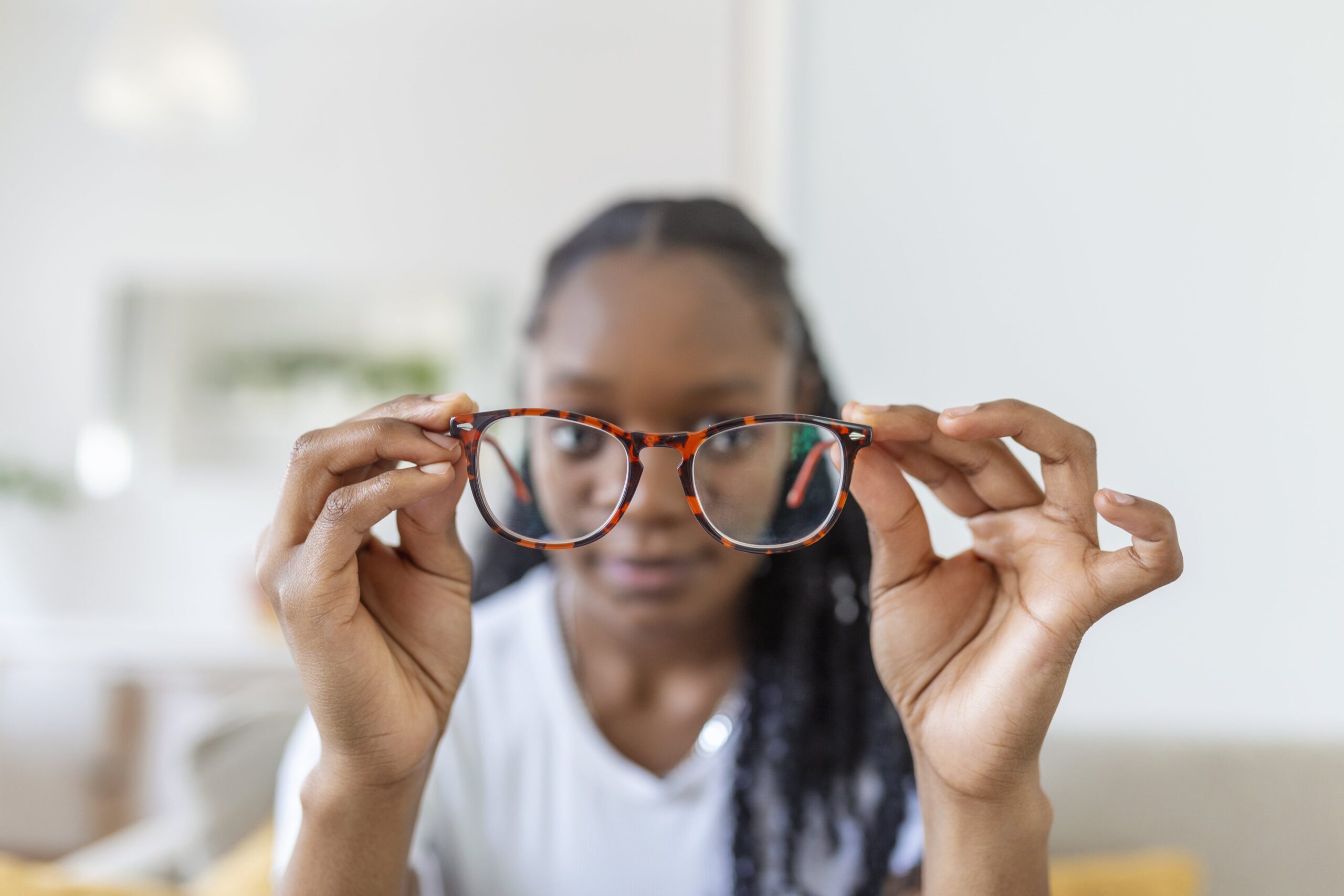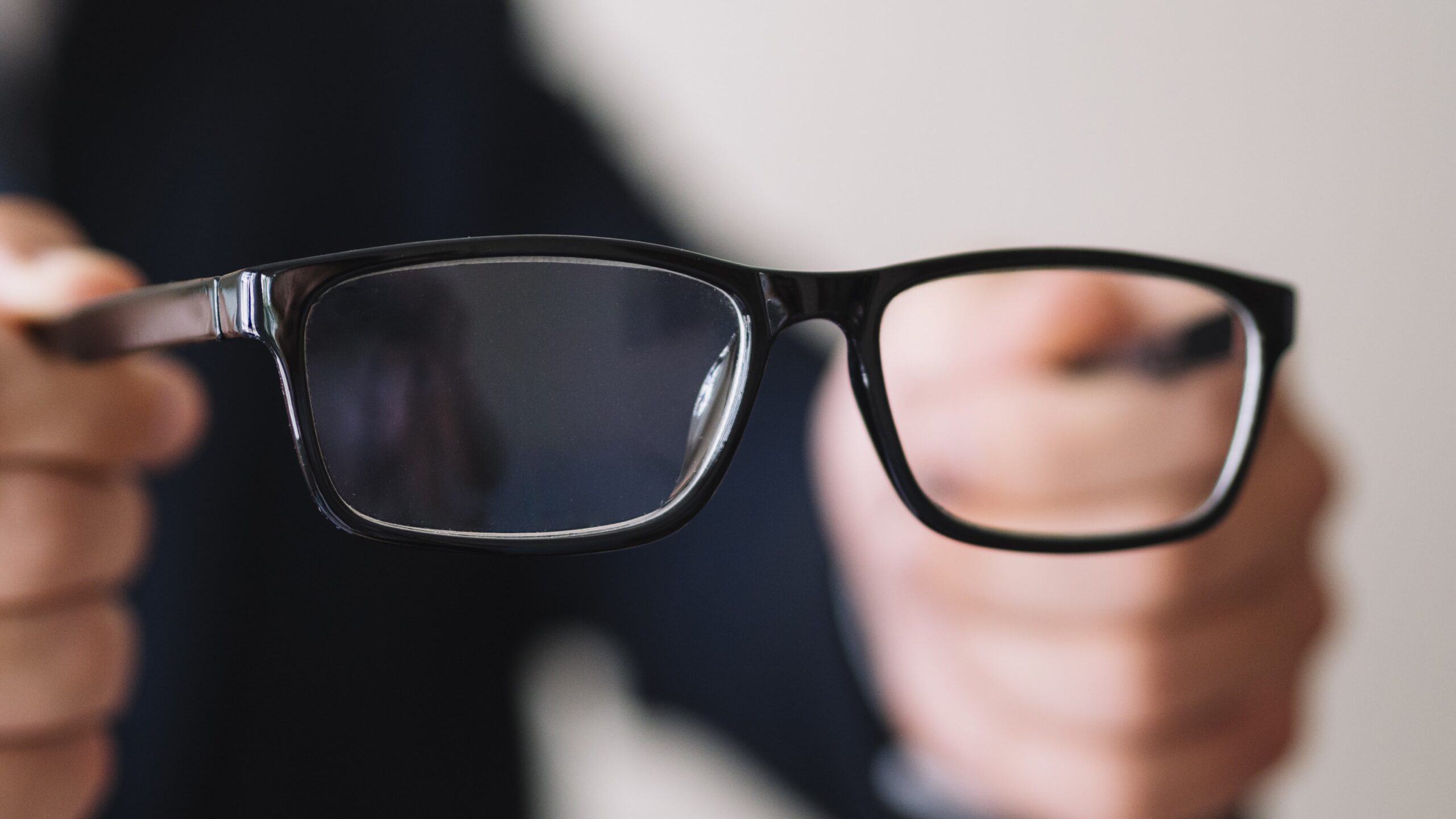The Role of Dopamine in Myopia Development: Unveiling the Connection
Myopia, commonly known as nearsightedness, is a prevalent vision condition characterized by difficulty in seeing distant objects clearly. Its increasing global prevalence has prompted researchers to explore various factors contributing to its development. One intriguing avenue of investigation is the role of dopamine, a neurotransmitter primarily associated with the brain’s reward and pleasure system. Recent studies have unveiled a fascinating link between dopamine and myopia, shedding light on its potential effects on visual health.
Dopamine’s Role in Vision Regulation
Beyond its role in the brain’s pleasure pathways, dopamine plays a vital role in modulating various physiological processes throughout the body, including the visual system.
In the context of vision, dopamine is involved in regulating retinal function, pupil constriction, and even the coordination of eye movements. It is particularly influential in the functioning of the retina, the light-sensitive tissue lining the back of the eye.
 Dopamine and the Onset of Myopia
Dopamine and the Onset of Myopia
Research suggests that dopamine’s influence extends to the development of myopia. Dopamine is believed to exert its effects on myopia primarily through its interaction with specific receptors in the retina and that may contribute to the elongation of the eye that characterizes myopia.
The “Dopamine Deficiency” Hypothesis
The “dopamine deficiency” hypothesis proposes that inadequate dopamine signaling could lead to the progression of myopia. In conditions where dopamine activity is compromised, such as during extended periods of near work (reading, screen time, etc.), the balance between the eye’s focusing mechanisms and its growth regulatory mechanisms might be disrupted. This imbalance could result in excessive elongation of the eye, contributing to myopia.
Outdoor Time and Myopia Prevention
Recent studies have highlighted the potential role of outdoor activities in myopia prevention. Exposure to natural light during outdoor activities is believed to trigger increased dopamine release in the retina. This surge in dopamine activity could help regulate eye growth and counteract the effects of near work, ultimately reducing the risk of myopia development. While more research is needed to fully understand this mechanism, these findings suggest that spending time outdoors could have a protective effect against myopia.
Conclusion
The intricate connection between dopamine and myopia development underscores the multifaceted nature of vision regulation. While further research is needed to definitively establish the precise mechanisms linking dopamine to myopia, the existing evidence suggests a compelling association. Understanding how dopamine impacts the eye’s growth regulatory processes could pave the way for novel interventions and preventive strategies in tackling the myopia epidemic. As our understanding of this complex relationship continues to evolve, we gain valuable insights into the factors that influence visual health and the potential avenues for myopia management and prevention.






